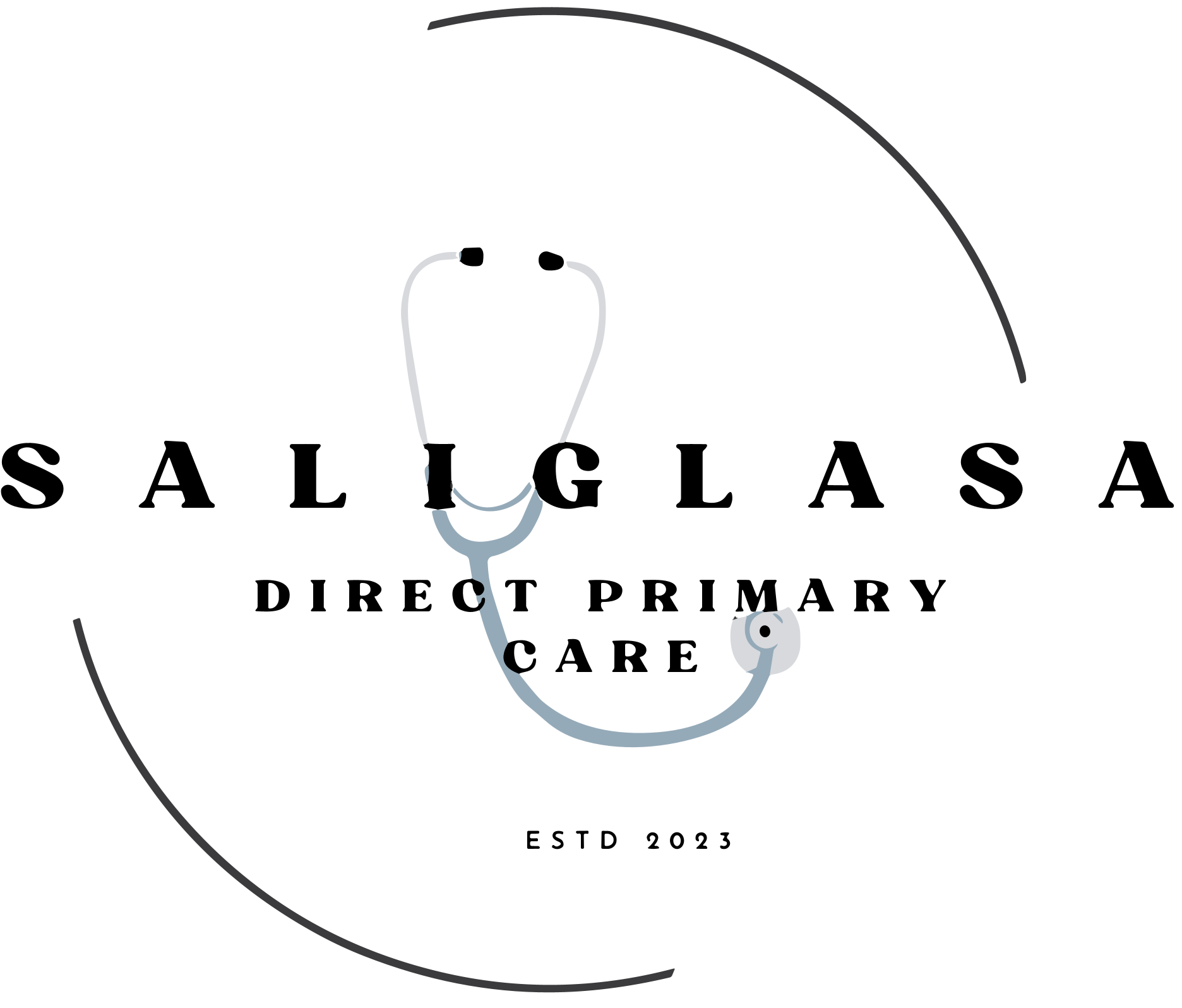Burnout among physicians is not simply a personal problem; it’s a systemic issue with profound consequences for patient care, healthcare costs, and the sustainability of the workforce.
In past research, family physicians and general internists working in outpatient clinics reported major time pressures: over half felt rushed during physical exams, nearly one-third felt they needed at least 50 % more time than allocated for visits.
In recent years, there has been a minimal but discernible trend toward reported reduction in physician burnout out but it is still unacceptably high. According to the American Medical Association (AMA), about 43.2 % of U.S. physicians reported at least one symptom of burnout in 2024. Burnout has measurable impacts that have far-reaching effects beyond the physician, such as increased turnover, reduced clinical hours, and potentially higher rates of medical errors.
Causes of burnout include workload mismatch, loss of practice autonomy (such as an inordinate amount of performance checklists, documentation, and reporting requirements), and administrative loads. Additionally, physicians as a group tend to have traits of perfectionism and while working in a profession that normalizes long hours and self-sacrifice, the perfect storm is created for burnout. Burnout is linked to reduced job satisfaction, emotional exhaustion, depersonalization (feeling detached from patients or from the work), and may lead to worse outcomes. All of this means the problem extends beyond individual wellness—it affects patient care, safety, and the overall health-care system.
Here are some interventions that would help:
- Allocate sufficient visit time & manage visit load: Increase time for exams and follow-ups; buffer schedules for documentation and patient messaging.
- Create a humane work environment: Leadership should prioritize physician well-being, reduce clerical burdens (e.g., via scribes or improved workflows), foster teamwork, peer-support and psychological safety.
- Improve work-life integration: Flexible scheduling, predictable hours, job shares, part-time options, and respect for time off help alleviate chronic overload.
- Attack bureaucratic burden: Optimize EHR workflows; leverage technologies (such as ambient-documentation tools) to reduce after-hours work and allow more physician focus on patients.
- Organizational monitoring & culture change: Make physician well-being a strategic metric alongside productivity and financials. Encourage meaningful work, give physicians a voice in decision-making, and restore a sense of purpose.
- Individual coping + system change: Self-care (mindfulness, peer coaching, mental-health support) matters—but cannot substitute for systemic reform.
A call to action
If you are a physician, you are not alone, and burnout is not a moral failing but a response to system pressures. If you are in clinic leadership or healthcare management, recognize that your physicians’ well-being impacts quality, safety, cost and retention. If you are a patient, you can advocate for yourself and your physician by speaking out on how this impacts you (such as to your local paper or to administration).
In a culture that is obsessed with “productivity”, it takes reminders from every angle that the productivity of our healthcare systems is not in the number of patients seen per hour but in the effectiveness of the services that is delivered.

